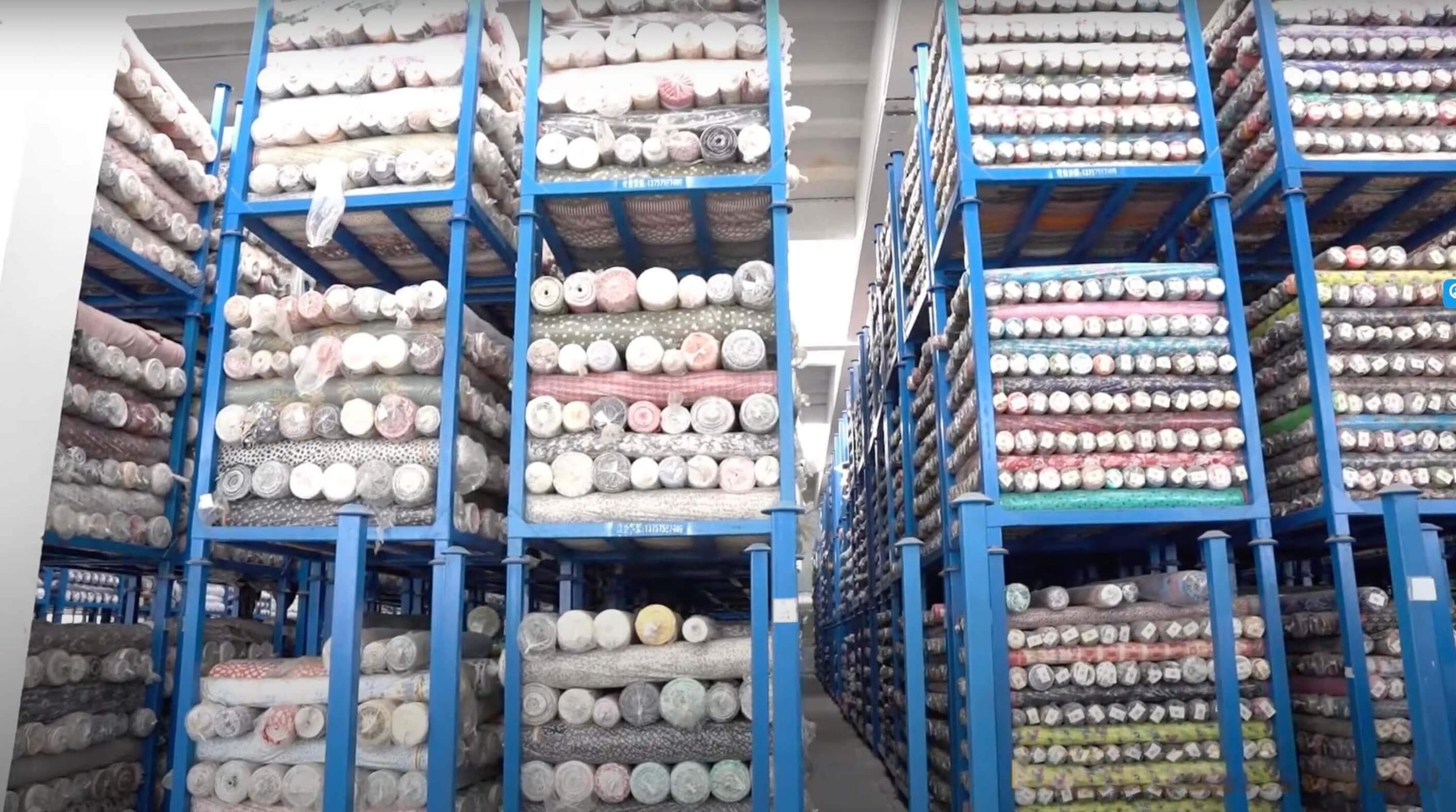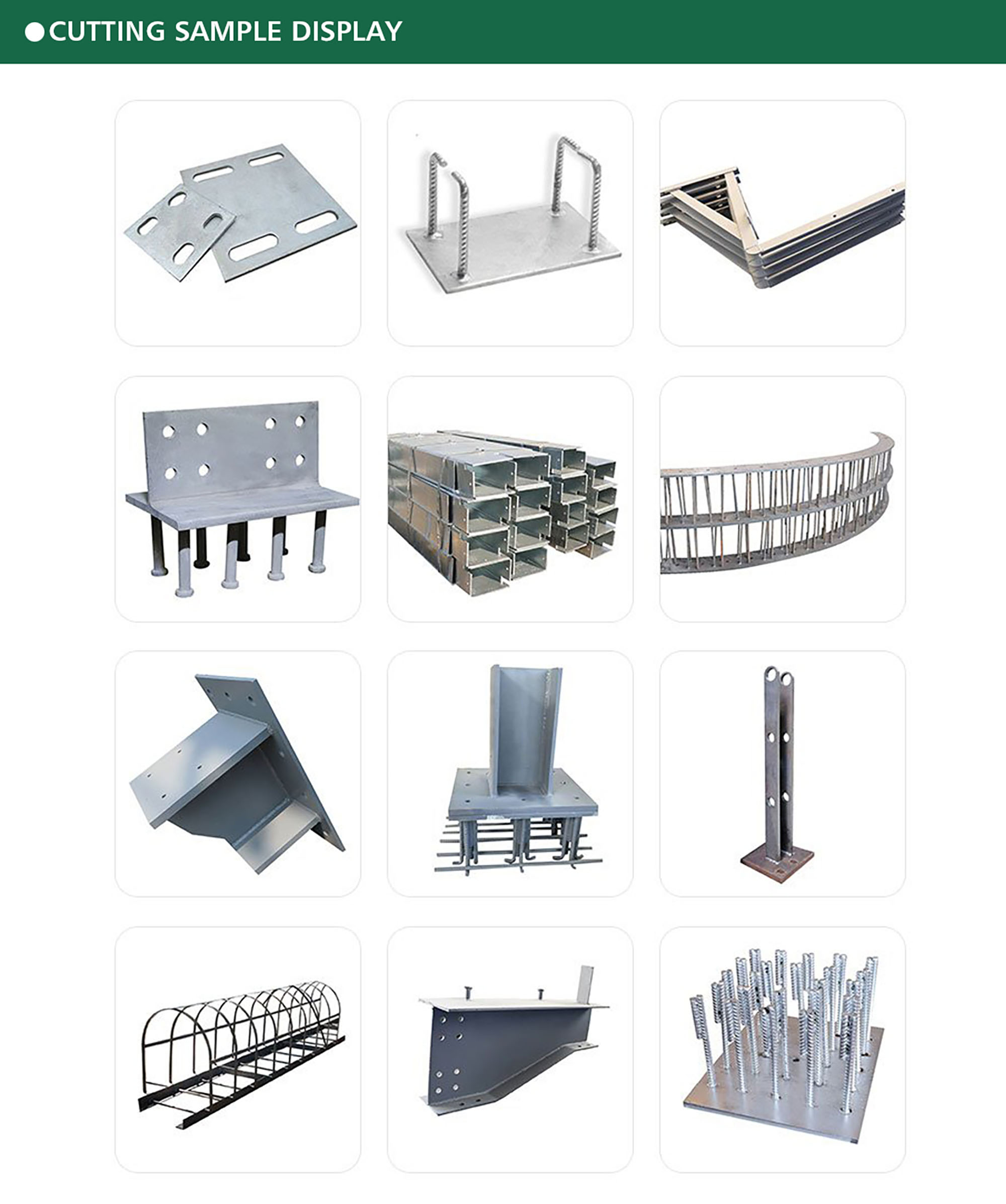The Importance of Foundation Stability and How Steel Stumps Can Help
During 10 year’s manufacturing experience, we met different customer construction cases, Some of our customers are tiny home’s constructor or container home’s builder, they give me feedback that how to level the foundation of a building is important especially for those areas is not stable. A stable foundation ensures the safety, durability, and longevity of any structure. Without it, the risks of structural damage and safety hazards increase significantly. This article focus on the importance of foundation stability, the role of stumps in construction, and highlights how adjustable steel stumps can be an ideal solution.
Understanding Foundation Stability
Foundation stability is important because it supports the entire weight of a building. An unstable foundation can lead to numerous issues, including:
- Cracks in walls
- Uneven floors
- Structural failure
Factors such as soil erosion, water damage, and poor construction practices can all compromise foundation stability, making it essential to use reliable methods for foundation support.
What is the Function of Stump in Construction?
Stumps in construction serve as foundational supports for buildings, especially in regions where the soil may not be stable enough for traditional foundations. They elevate the structure, distribute the weight evenly, and prevent sinking or shifting over time. Stumps are particularly useful in areas prone to flooding or with expansive soils that swell and shrink with moisture levels.
What is Stumps Foundation?
A stumps foundation involves using multiple stumps to support a building’s structure. These stumps are driven into the ground at regular intervals, and the building is constructed on top of them. This type of foundation is common in areas with unstable soil or where the ground is prone to movement. Stumps foundations provide stability, elevate the structure, and protect it from moisture and pests.
The Role of Steel Stumps in Foundation Stability
Steel stumps play a vital role in maintaining foundation stability. These adjustable supports are designed to bear heavy loads and provide a firm base for structures. Unlike traditional wooden or concrete stumps, steel stumps offer superior strength and flexibility, making them an excellent choice for modern construction.
Advantages and Disadvantages of Concrete Stumps
Advantages of Concrete Stumps
- Durability: Concrete stumps are robust and can last for many years without significant wear and tear.
- Resistance to Pests: Unlike wooden stumps, concrete is not susceptible to termite damage.
- Stability: Concrete provides a stable and solid foundation for buildings.
Disadvantages of Concrete Stumps
- Installation Time: Concrete stumps require more time to install as they need to be cured and set properly.
- Weight: They are heavier and more challenging to transport and handle during installation.
- Lack of Adjustability: Once installed, concrete stumps are not adjustable, which can be a limitation if ground conditions change.
Benefits of Using Adjustable Steel Stumps
- Easy Installation
Adjustable steel stumps are designed for quick and straightforward installation. This efficiency reduces labor costs and project timelines, making them an attractive option for contractors. - Durability and Longevity
Steel stumps are incredibly durable and can withstand harsh environmental conditions. They are less susceptible to wear and tear compared to traditional materials, ensuring a longer lifespan for the foundation. - Hot-Dip Galvanized Protection
Our steel stumps are hot-dip galvanized, providing a protective coating that prevents rust and corrosion. This treatment enhances the durability of the stumps, ensuring they remain in optimal condition for years. - Cost-Effectiveness
While the initial investment in steel stumps may be higher than traditional options, their longevity and low maintenance requirements make them a cost-effective solution in the long run.
How to Level a House on Stumps
Leveling a house on stumps involves several steps:
- Inspection: Examine the current state of the foundation and stumps to identify any issues.
- Preparation: Clear the area around the stumps and ensure access to all necessary points.
- Adjustment: Using hydraulic jacks, lift the house to the desired level. This process must be done gradually and carefully to avoid damage.
- Securing: Once the house is leveled, secure the stumps at the new height using adjustable mechanisms or shims.
- Final Check: Ensure all adjustments are secure and that the house is stable and level.
Case Studies and Real-Life Applications
Several construction projects have successfully utilized adjustable steel stumps to enhance foundation stability. For instance, a recent house raising project in [Location] saw significant improvements in structural integrity after replacing old wooden stumps with our hot-dip galvanized steel stumps. Contractors involved in the project praised the ease of installation and the noticeable difference in stability.
Conclusion
Foundation stability is a critical aspect of any construction project, and choosing the right materials is essential. Adjustable steel stumps offer a reliable, durable, and cost-effective solution to ensure a stable foundation. By opting for our hot-dip galvanized steel stumps, contractors can enhance the safety and longevity of their structures. Consider incorporating steel stumps into your next project for unparalleled foundation support. Contact us for get your customized adjust pier. Thanks you.





